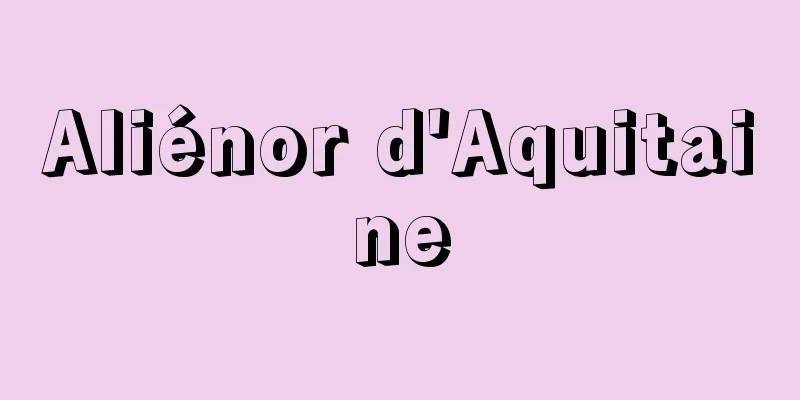Vitalism

|
In the theory of life, vitalism is opposed to mechanism, and refers to the view that a different principle is at work in life than the mechanical principle that governs inorganic matter. Concepts similar to vitalism include vitalism, organicism, and holism. All of these are opposed to mechanism and share the common point of emphasizing the significance of the principles inherent to life, but vitalism and organicism are primarily used to express the position that grasps the entire natural world, including inanimate objects, as living. Examples include the vitalist thinking of primitive people and the traditional organic view of nature in the East. In contrast, vitalism and holism are primarily used to emphasize the uniqueness of living things after the establishment of modern science, when the rule of mechanical laws over inorganic matter was recognized. A famous vitalist is Driesch, who argued for the existence of entelechy as a principle unique to life based on his experiments on the development of sea urchins. While vitalism asserts the existence of unique principles in the constituent units of the body of an organism, holism does not recognize unique principles at the level of the constituent units, but when they compose an organism, they give rise to characteristics that cannot be reduced to individual elements. However, the difference between vitalism and holism is not necessarily clear. [Teruo Yokoyama] "Life" by Bertalanffy, translated by Mamoru Iijima (1954, Misuzu Shobo) [Reference items] | | | Theory |Source: Shogakukan Encyclopedia Nipponica About Encyclopedia Nipponica Information | Legend |
|
生命論において機械論と対立する立場で、生命には無機物質を支配している機械論的原理とは別種の原理が働いているとする見解をさす。生気論と似た概念として、物活論、有機体論、全体論がある。それらはいずれも機械論と対立し、生命固有の原理の意義を強調する点で共通しているが、物活論や有機体論は、主として無生物を含めた自然界全体を生命あるものとして把握する立場を表すのに用いられる。原始人の物活論的思考とか、東洋の伝統的な有機体的自然観というのがその例である。それに対して、生気論と全体論は、近代科学の成立以降、無機物質に対する機械論的法則の支配が認められるようになった後で、生物の特異性を強調する場合に主として用いられる。生気論者として有名なのはドリーシュであり、彼はウニの発生実験に基づいて、生命特有の原理としてのエンテレキーの存在を主張した。生気論が生物の身体の構成単位において独自の原理の存在を主張するのに対し、全体論は構成単位の次元では独自の原理を認めないが、それらが生物を構成すると、個々の要素に還元できない特性が生じるとする。しかし、生気論と全体論の違いはかならずしも明確ではない。 [横山輝雄] 『ベルタランフィ著、飯島衛訳『生命』(1954・みすず書房)』 [参照項目] | | | |出典 小学館 日本大百科全書(ニッポニカ)日本大百科全書(ニッポニカ)について 情報 | 凡例 |
<<: Sungkyunkwan (English spelling)
Recommend
Ganga Dynasty - Ganga Cho (English spelling) Gaṅga
(1) A dynasty in southern Karnataka, India. It aro...
Luoyang Shaogou Ancient Tombs (English: Luoyang Shaogou Ancient Tombs)
This group of ancient tombs was discovered in Shao...
Prosecution - Kyukei
In the final stage of a criminal trial, the prosec...
Adeye - Adeye
…Incidentally, shitezure is usually simply called...
Rock Badger - Rock Badger
→Hilux Source : Heibonsha Encyclopedia About MyPed...
Empty word; form word
When words are classified according to their gramm...
Wang Da-yuan (English spelling)
[Raw] Maximum 4 (1311) [Dead]? A traveler from the...
chroma
...The brightness of an object's color is spe...
Egg Dance
…The last egg laid by an old hen or eggs laid on ...
Indigoid dyes
...In 1982, 33 natural dyes were in use. [Tar-bas...
Snakehead - Snakehead
A fish of the family Cobitidae. It is a general te...
Pease, FG (English spelling) PeaseFG
...The size of a celestial object can be calculat...
Guntram (English spelling)
525-593 A Frankish king of the Merovingian dynasty...
Aulos - Aulos (English spelling)
An ancient Greek aerophone. A double-reed instrum...
Otranto (English spelling)
A seaport in the province of Lecce in Puglia, sout...









